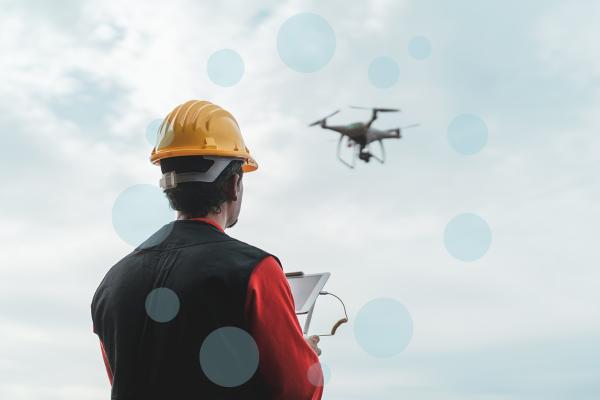- Contributes to EC priorities:
What is Mobility Analaytics of borders?

Mobility Analytics of borders (MOBAN) monitors movement of people in EU Schengen cross border areas by collecting and analysing near live data from various sources covering:
- aviation (daily flights througout the world)
- road (traffic density and traffic flow)
By monitoring the mobility and compare this with historical data, we can identify abnormal or unexpected behaviour with respect to average mobility. This can then be input for authorities to manage unexpected effects by optimising available resources in efforts to keep borders secure.
Why is Mobility Analytics of borders needed?
Predicting movement of people during exceptional events like the migrant crisis, Ukraine war and COVID-19 crisis, can be of paramount interest for making the right decisions and choices with regard to border management. Decisions which are aimed at striking a good balance between protecting borders and not disrupting the movement of people. Monitoring and analysing the patterns and behaviour of travellers through mobility data provides the necessary insight. Insights which are also valuable in applying the limited available resources in locations where it is needed most.
Where can Mobility Analtyics of borders be applied?
Cross border areas can benefit from mobility monitoring tools in order to pro-actively adapt to changing circumstances. This is particular valid for EU Schengen borders where different political and legislative realities encounter each other.
Due to their natural fluctation in the movement of people over time, Schengen land borders are the most suitable environment for MOBAN. However, also Schengen borders within the Schengen area, like airports, are taken in consideration.
MOBAN collects data on:
-
aviation (International airports)
-
road (Schengen land borders)
In the future other means of transport like railway and maritime ports can be integrated as well.
How does it work?
Mobility Analytics of borders continiously collects the most recent mobility data from various sources. The processed data is stored in a central database from where it can be accessed by dedicated data analysis and visualisation applications. With the help of these applications authorities can monitor specific border areas in search for unexpected trends and patterns. The identification of unexpected trends and patterns can then be the basis for authorities to adjust resources to where it is needed most.

